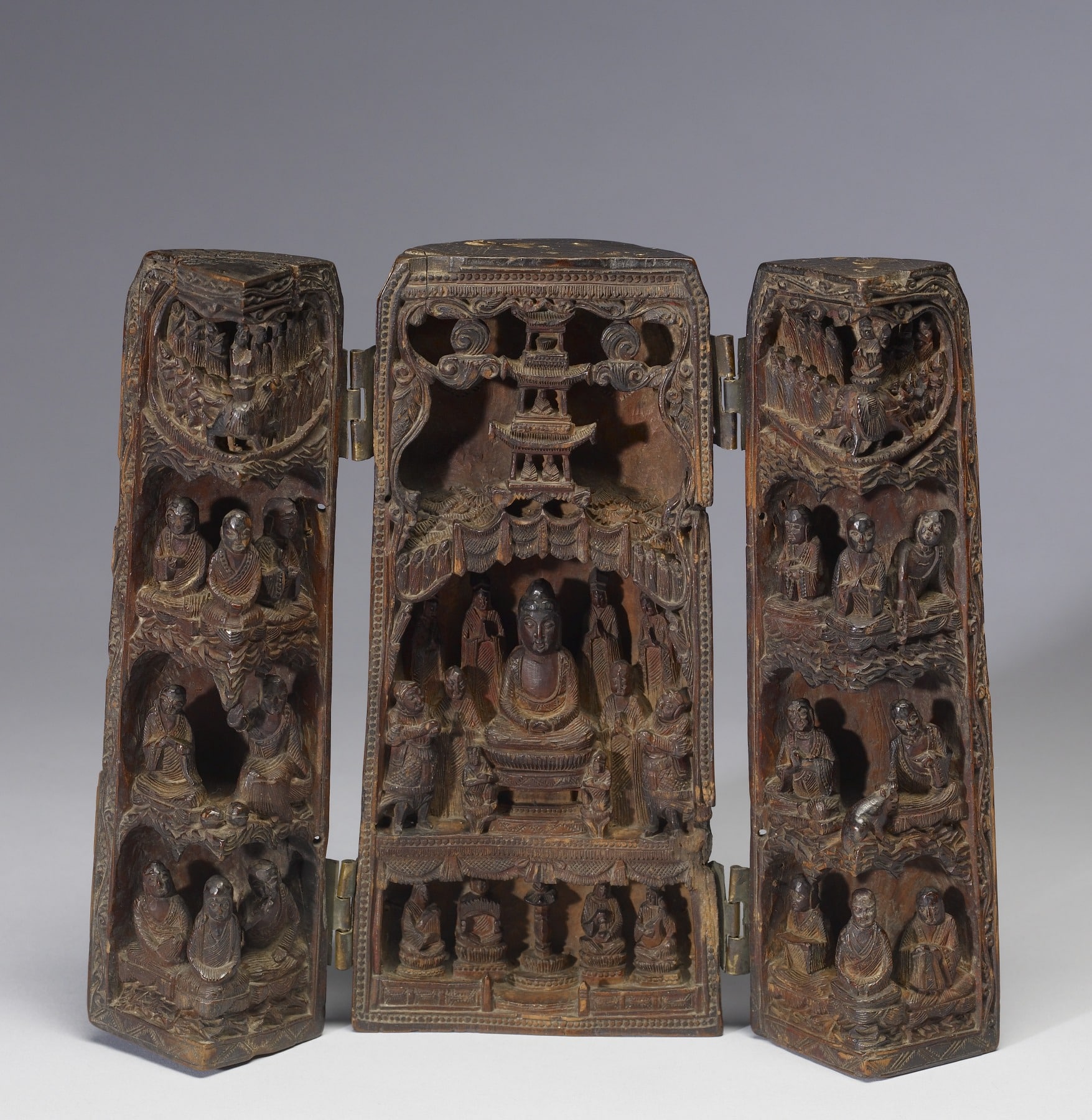Upaya is a term that is used in Mahayana Buddhism as a reference to a method of teaching liberation through conscious and voluntary action without reasoning the direction. In other words, they are short cuts that are created for students to expedite them along the path to enlightenment. It is essentially adaptations of certain teachings to bring the practitioner closer to the goal of enlightenment, even though the teachings may be untrue. The use of skill is extremely important here because one needs to adapt teaching to the audience that is receiving the message and teachings.
The concept was revolutionary for Buddhism and has some powerful implications. It essentially allows for skillful teachers to show the student half-truths to reach further into the path of awareness and enlightenment. In Buddhist tradition, it was later understood that the Buddha had given his followers various upayas, rather than whole truths, because they were not ready for the ultimate truth. This allowed for many of the prior doctrines of buddhism to be disregarded in favor of higher ones.
This allowed buddhist practitioners to build a kinda of step system from the elementary teachings of Buddhism into the most advanced and profound. The most important aspects of teaching this way are through skillful means guided by compassion and wisdom. This means treating each person as a different potential, because of their different capacities and ability to comprehend the lessons.
This is used to explain some of the crazy wisdom that buddhist monks and practitioners use when teaching, including an example where a monk slammed a door shut on a disciples leg and in the process gave him a deep insight. There are two primary examples or metaphors that are used to explain the concept in Buddhism: an empty fist and a burning house. In the example of the burning house, a man uses white lies to get his sons out of a building that is on fire and to get them to safety, because he knows that they will not pay attention if he tells them the truth. The empty fist is used as a metaphor to grab the attention of children, but really it is a teaching to allow the student to understand the emptiness and to focus on the essence of mind rather than the distractions of it. Both teachings are understandably adapted to each situation and each student. The teachings are quite powerful and you can read about them in Lotus Sutra, a Chinese buddhist text from around 300CE.
These teachings are powerful for the modern world, showing teachers to meet students where they are and to teach with compassion in a system that is optimal for the aspirant. Modern yoga does a very good job of doing this.

